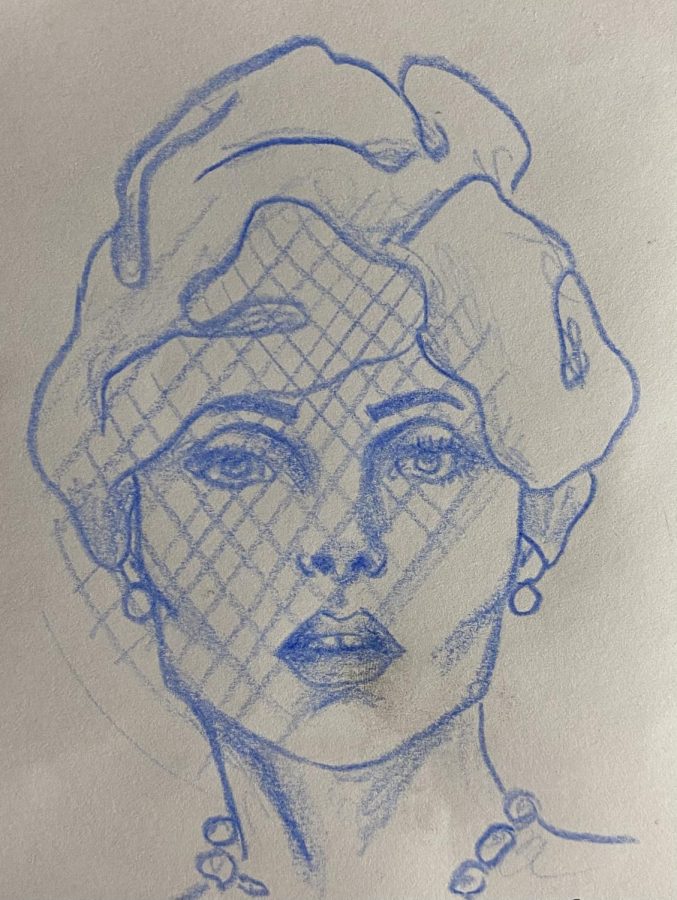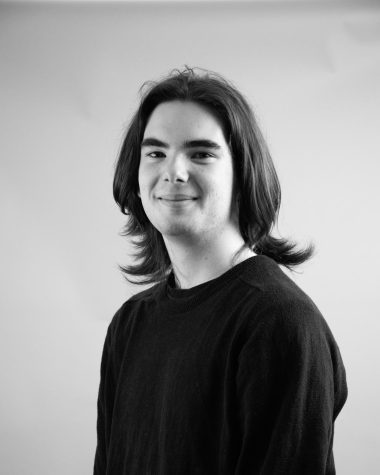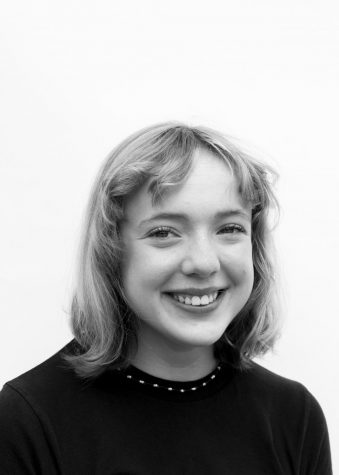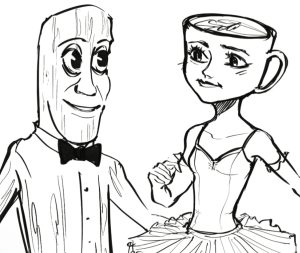“House of Gucci”: An Enticing Story Left Largely Untold
December 24, 2021
Rating: 3/5 Falcons
Ridley Scott’s House of Gucci tells the story of the Gucci family and fashion brand from its conception to its current state. The story follows Maurizio Gucci (Adam Driver) from young adulthood in 1978 to his untimely death at 46 in 1995, detailing his involvement in the shaping of the Gucci brand. He is joined by his wife Patrizia Reggiani (Lady Gaga) through their journey navigating the complications that come with running a family business, leading to Maurizio’s eventual murder. The film is sultry, dramatic, and somewhat Godfather-reminiscent, but ultimately leaves much to be desired.
Lady Gaga’s almost flawless portrayal of the fiery Patrizia Reggiani marks her first award-winning performance, with a much-deserved win of the NYFCC Best Actress award. Although her accent seemed to shift regions at times, she gave an engaging and passionate performance that played well off of Adam Driver’s hunted-to-hunter transformation over the course of the movie. The cinematography is also a stand-out point. As we follow Driver through grand estates and Italian landscapes, the camerawork feels intentional and specific, and is clearly used to advance certain ideas throughout the story. The dream-like quality that the Arri Alexa Mini and Panavision Vintage lenses evoke sets the mood of the drama and produces a pleasantly consistent depth of field. Unsurprisingly, the costuming spares no expense, while also conveniently signaling the passing of time throughout the plot’s span of three different decades. The well selected and contextually accurate soundtrack was engaging throughout the film.
Additionally, House of Gucci exhibits several notable, thoroughly enjoyable character dynamics. Paolo (Jared Leto) provides comedic relief and an unexpected rivalry to Maurizio’s dominance at the Gucci brand. Additionally, Al Pacino and Jeremy Irons create realistic and intense familial interactions in their performances as Aldo Gucci and Rodolfo Gucci, Maurizio’s uncle and father.
However, the visuals, soundtrack, and Gaga’s endearing bravado are just about where the film’s commendations end. Looking past the big-name cast and monochrome ski suits, the lack of substance within the movie ultimately betrays the potential the Gucci family had as an on-screen adaptation. The main dilemma lies in the sheer amount of content House of Gucci was tasked with portraying, even within a forgiving 158-minute timeframe. The pacing throughout the movie felt extremely inconsistent: some moments were given far too little detail–almost mimicking a highlight reel–while others were stretched beyond their capabilities. There is almost no warning or buildup as the storyline veers in different (yet, still predictable) directions. Many plot-sensitive issues are introduced and then resolved within mere minutes. The headlining murder and conviction are pushed to the very end, with little more than a salutary few sentences in the ending credits describing the aftermath.
Considering its errors in pacing, character development, and storytelling, a single-season streaming series may have been better suited to expand upon the interpersonal tensions almost every character harbors throughout the film. For all its romance, flair, and even humor at times, House of Gucci will likely never escape the ghosts of its wasted potential.











